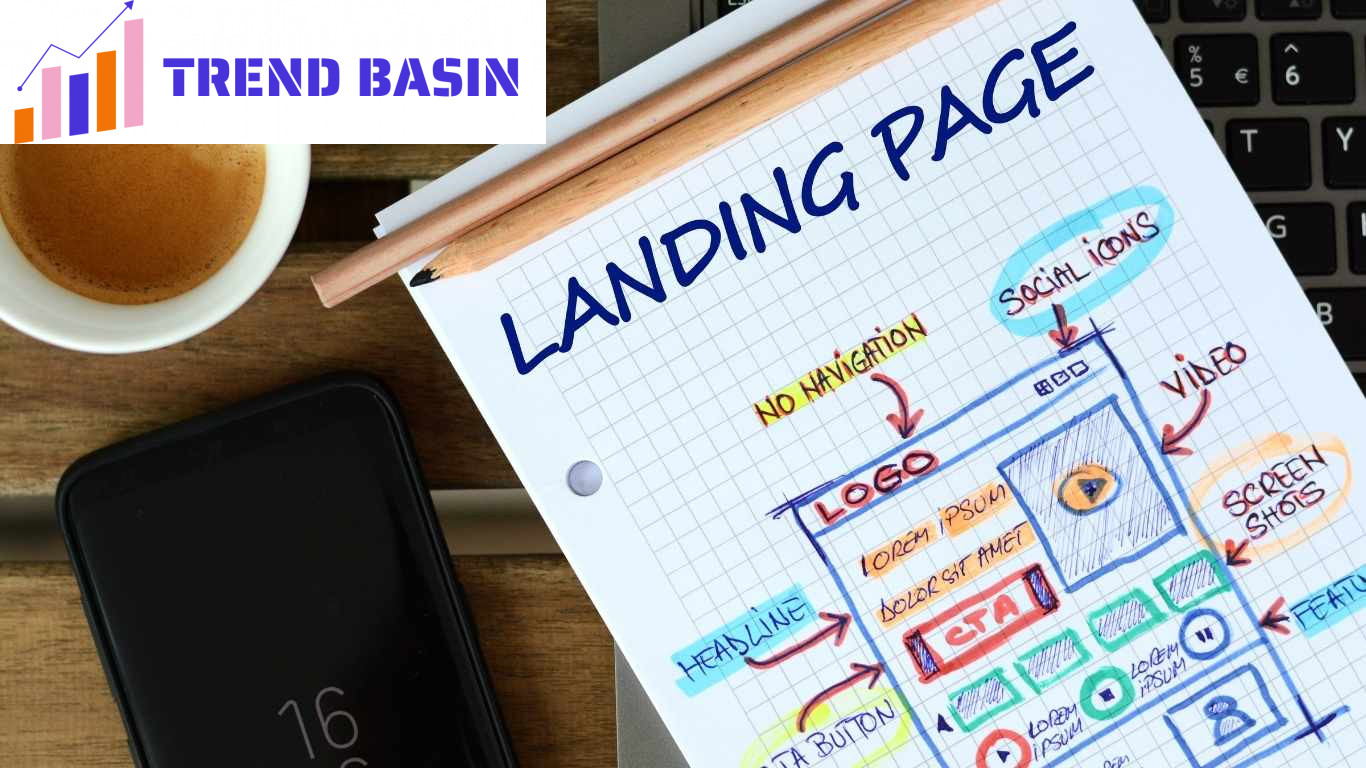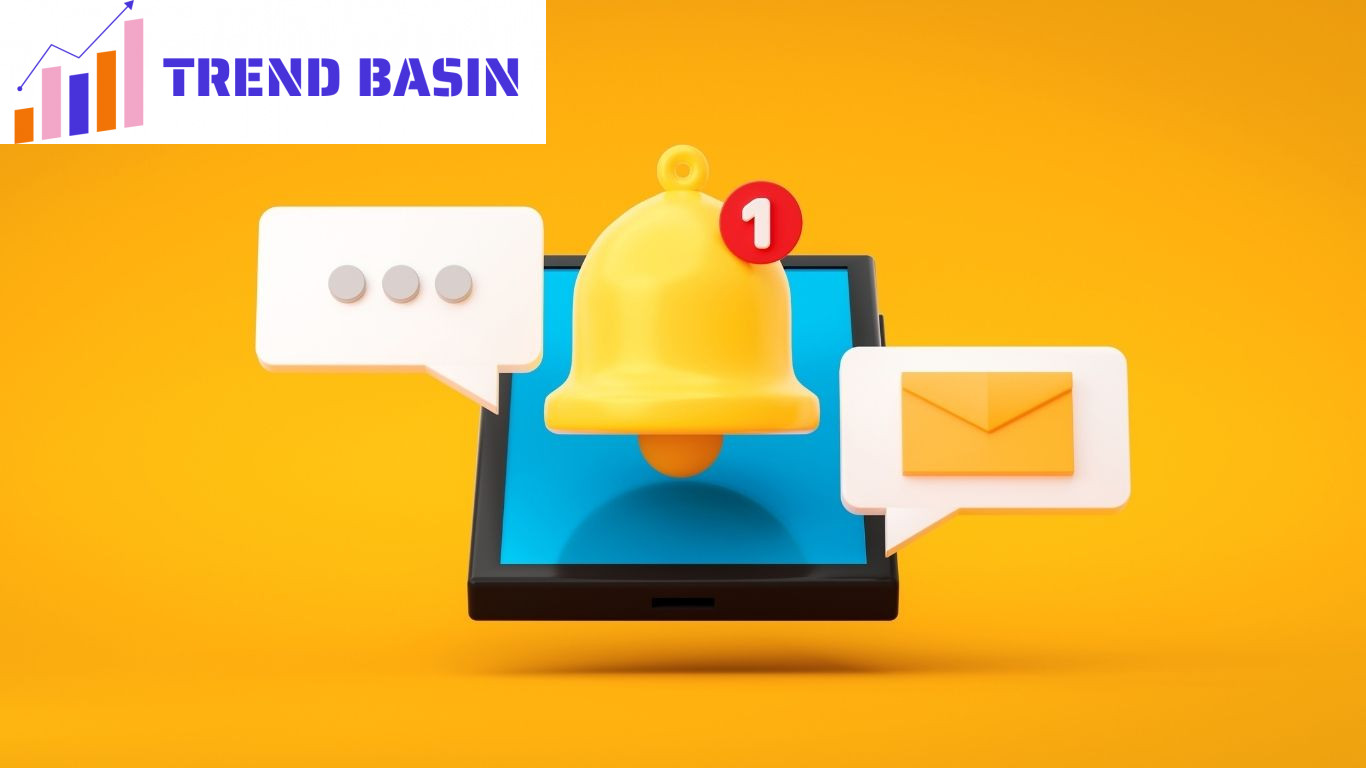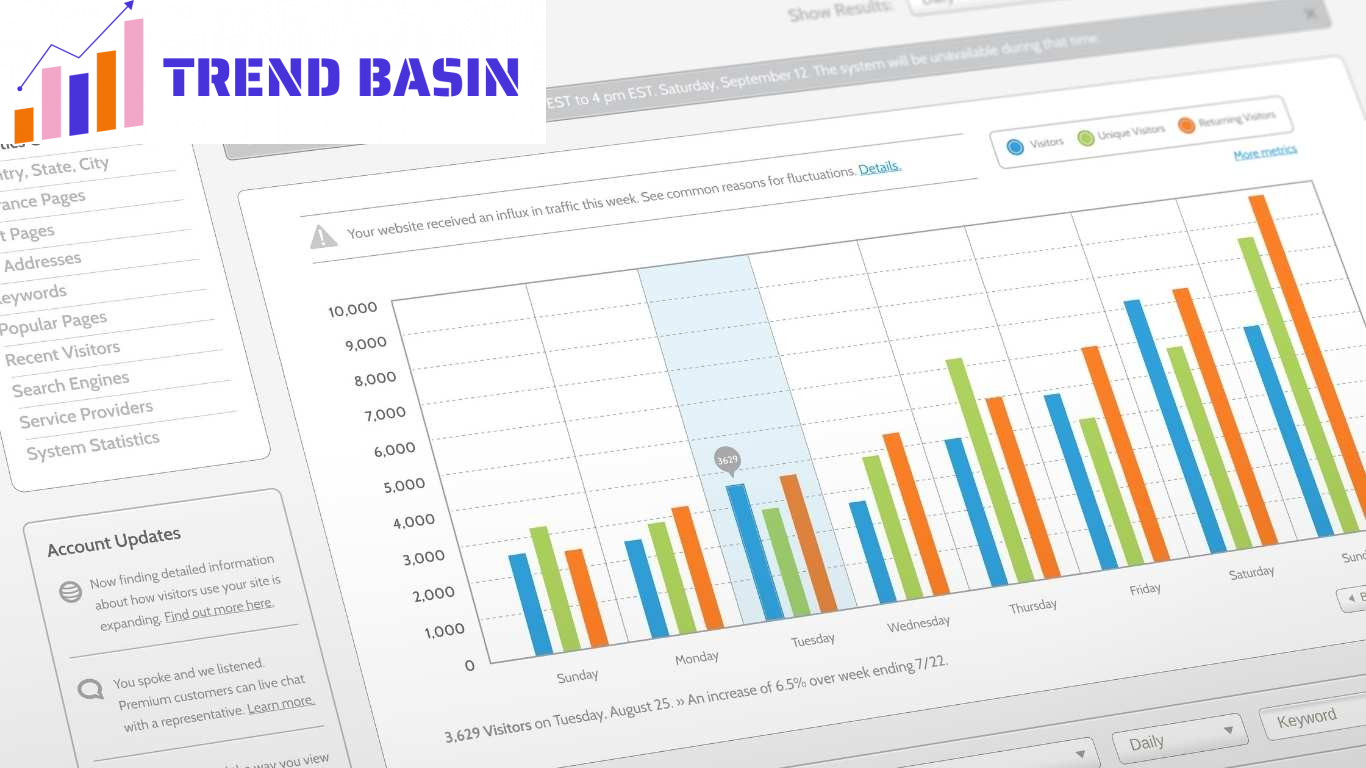Designing Landing Pages That Convert: A Comprehensive Guide
Landing pages are the foundation of digital marketing success.
However, designing one that converts visitors into customers requires a deep understanding of user behavior, persuasive design principles, and testing.
At Trend Basin, we don’t just create visually appealing landing pages—we focus on driving conversions.
With years of experience, we’ve helped businesses achieve remarkable results with data-driven design and optimization techniques.
Key takeaways:
- Identify your audience’s needs and build your design around solving their problems.
- Clear, compelling calls to action (CTAs) are crucial for guiding visitors.
- Speed, responsiveness, and mobile optimization are non-negotiable.
- Trust-building elements, like reviews and testimonials, should be front and center.
- Continual testing and iteration are essential for ongoing success.
What makes a landing page convert?
To design a high-converting landing page, you must first understand your audience. Who are they? What problem are they trying to solve? Addressing these questions will help you create a landing page that aligns with their intent.
Understanding user intent
Your visitors are likely landing on your page because they’re searching for a solution to a problem or seeking more information about your product or service. This is where the psychology of design comes into play. Successful landing pages cater to this intent by offering a clear solution, using persuasive language, and reducing friction between the user and the desired action.
For instance, at Trend Basin, we worked with a SaaS company to improve their landing page targeting users looking for cloud storage solutions. By honing in on key pain points—security and pricing—we streamlined their messaging and increased conversions by 42% within three months.
The importance of a compelling offer
An enticing offer is a pivotal element of any successful landing page. Whether it’s a free trial, a discount, or exclusive access, your offer needs to be clear and valuable enough to encourage users to take action. In fact, according to a study by WordStream, landing pages with strong offers convert up to 35% better than those without.
How can I design an engaging call to action (CTA)?
The call to action (CTA) serves as the final push that compels visitors to act. However, designing an effective CTA requires more than just placing a button on the page. There are several factors that influence whether or not your CTA converts:
Best practices for creating CTAs that convert
- Use specific, action-oriented language: Generic CTAs like “Submit” or “Click Here” are weak and uninspiring. Instead, use actionable language that tells the user exactly what they’ll get, such as “Download Your Free Guide” or “Claim Your Discount Now.”
- Placement matters: Your CTA should be easy to find. Place your primary CTA above the fold but don’t be afraid to include secondary CTAs throughout the page, especially after sections that build trust or provide important information.
- Use contrasting colors: The color of your CTA should stand out from the rest of your page. If your background is blue, a red or yellow CTA button will draw the user’s eye.
Real-world CTA example:
A/B testing at Trend Basin revealed that changing a CTA button from “Get Started” to “Start Your Free Trial” improved conversions for one of our clients by 27%. The more specific language made the offer clearer and more appealing to users.
Use social proof to build trust and credibility
Building trust with your audience is essential, especially if you’re selling a product or service. Social proof acts as a powerful psychological trigger that reassures visitors they are making the right decision.
Types of social proof that boost conversions:
- Testimonials: These can be quotes from satisfied customers, industry experts, or influencers who have used your product or service. The more specific the testimonial, the better. Avoid vague phrases like “great product” and aim for detailed stories.
- Case studies: In-depth case studies that showcase how your product solved a customer’s problem are incredibly effective. At Trend Basin, we often build landing pages for clients that include case studies as a centerpiece to highlight real-world success.
- User-generated content (UGC): Including photos or videos of real customers using your product adds authenticity. A study by Stackla found that consumers find UGC 2.4x more trustworthy than brand-created content.
Example:
One of our clients, a local fitness chain, saw a 15% increase in signups after we incorporated user-generated content on their landing pages. Real customers shared photos of themselves using the gym’s equipment, which resonated with new visitors.
Why is mobile optimization important for landing pages?
With over 50% of global web traffic coming from mobile devices, a landing page that isn’t optimized for mobile is leaving conversions on the table. Mobile users expect a fast, seamless experience that works on smaller screens.
Data-backed insights on mobile optimization
- Page speed: According to Google, 53% of mobile users will leave a site that takes longer than three seconds to load. Compressing images and minimizing HTTP requests can help reduce load times.
- Touch-friendly buttons: Ensure that buttons and CTAs are large enough to be easily tapped without accidentally clicking on other elements.
Mobile-first design at Trend Basin
For one of our eCommerce clients, we revamped their landing pages with a mobile-first approach. By improving load times and simplifying the mobile layout, we boosted their mobile conversion rate by 22%.
Examples of high-converting landing pages
The design and layout of a landing page play a huge role in its ability to convert. Let’s take a look at some real-world examples of landing pages that succeeded due to their focus on specific key elements:
Case Study 1: B2B SaaS Landing Page
For a B2B SaaS client, we built a landing page centered around their free trial offer. By highlighting the trial with bold CTAs, including a case study, and focusing on benefits rather than features, we helped the client increase trial sign-ups by 30% over six months.
Case Study 2: Retail Product Launch
When a retail brand came to Trend Basin for help launching a new product, we created a landing page that featured a countdown timer, limited-time offers, and social proof from early adopters. This urgency, combined with clear CTAs, resulted in a 40% boost in pre-orders.
What are the key elements of a successful landing page layout?
A successful landing page layout combines aesthetics and functionality. Visitors should be drawn in by compelling visuals but also guided toward the ultimate goal: converting.
Key layout elements:
- Headline: Your headline should grab attention immediately and succinctly communicate your value proposition.
- Hero section: This is the first thing users see and typically includes the headline, supporting text, and the CTA.
- Visuals: Images, videos, and graphics should support your message, not distract from it.
- Social proof: Include reviews, testimonials, and trust signals.
- CTA buttons: Strategically placed CTAs drive conversions. Ensure they stand out visually and are easy to click.
Leverage A/B testing for continuous improvement
No landing page is perfect. Continuous improvement is the key to maximizing conversions, and A/B testing is the tool to achieve that. By systematically testing elements such as headlines, CTAs, colors, and images, you can identify what resonates most with your audience.
A/B testing strategies
- Test one variable at a time: Whether it’s a headline or CTA button color, testing one variable helps isolate the impact of that change.
- Measure meaningful metrics: Focus on conversions rather than vanity metrics like page views or clicks.
How can A/B testing improve conversion rates?
Small changes often lead to significant improvements. A/B testing allows you to optimize your landing page over time. One of our clients saw a 15% improvement in lead capture by simply testing different headline variations.
Conclusion: Achieve higher conversions with a well-designed landing page
Creating a landing page that converts requires attention to detail, testing, and a deep understanding of user behavior. At Trend Basin, we take the guesswork out of designing landing pages by applying proven strategies and optimizing for results. Whether you’re looking to capture more leads, increase sales, or boost signups, we can help.
Follow us on LinkedIn or Facebook for more expert tips on web design and digital marketing.



